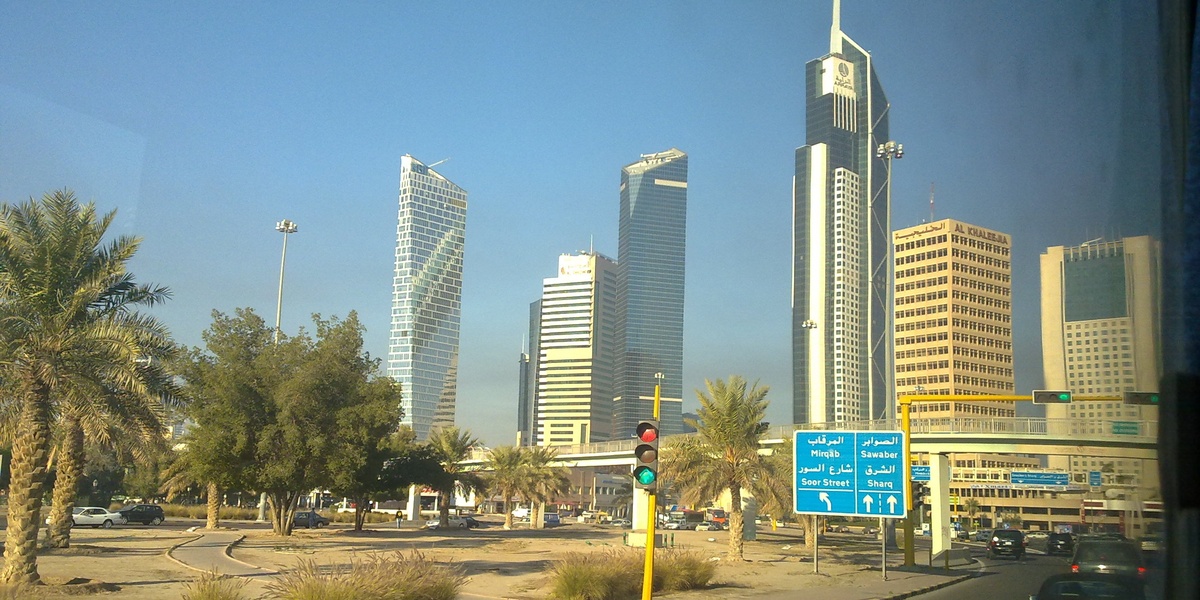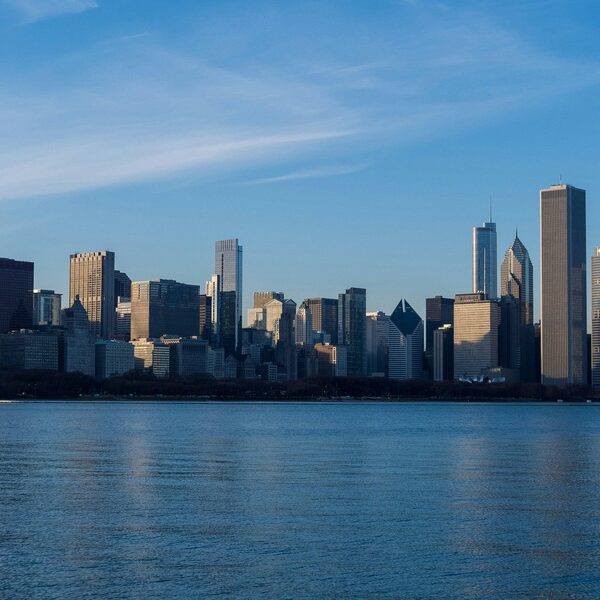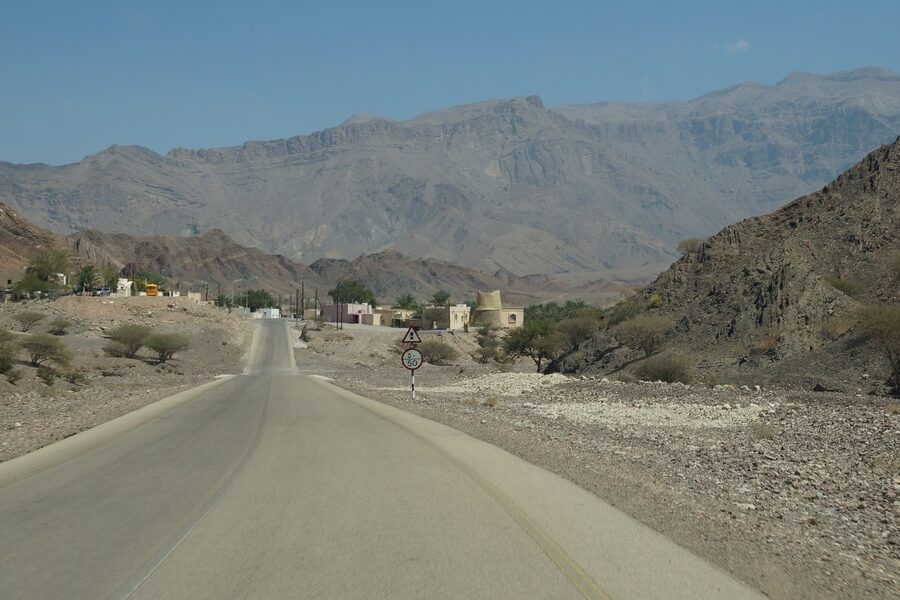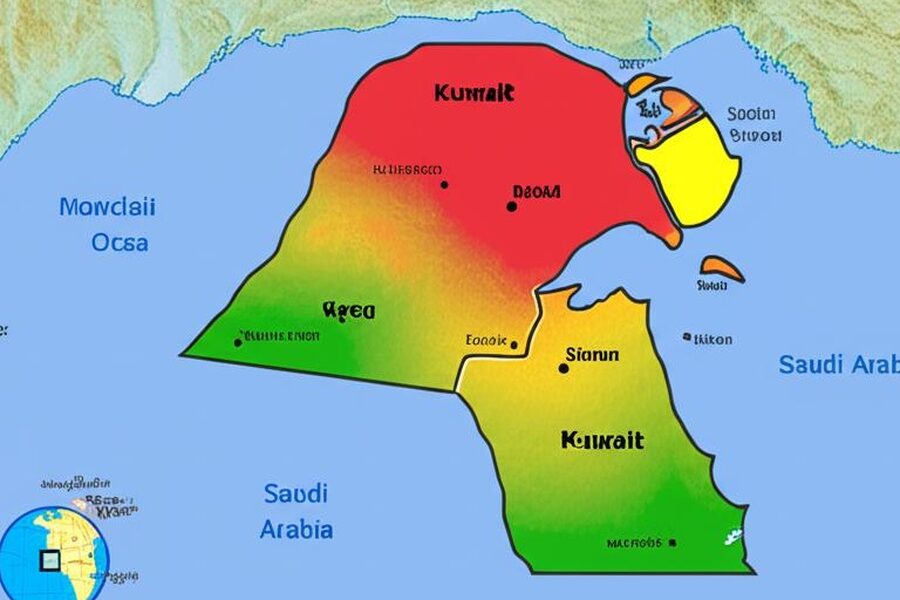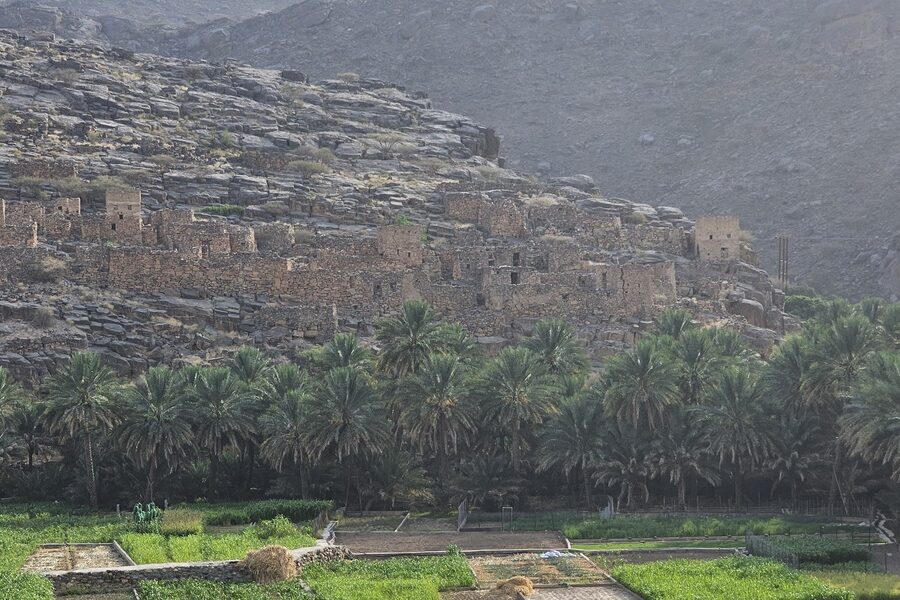On August 2, 1990, Iraq invaded Kuwait; the country’s swift liberation in February 1991 reshaped its international image and highlighted both vulnerabilities and unexpected resilience. The wartime experience and recovery help explain why a small Gulf state punches above its weight.
With a population of roughly 4.5 million including expatriates, Kuwait matters to travelers, regional businesses, and analysts alike. From deep-rooted seafaring culture to skyscrapers and sovereign funds, seven clear features show what makes Kuwait distinctive: its maritime past, preserved crafts and cuisine, landmark architecture, museums and art, oil wealth and sovereign assets, the welfare state, and an active parliamentary life.
Culture and Maritime Heritage
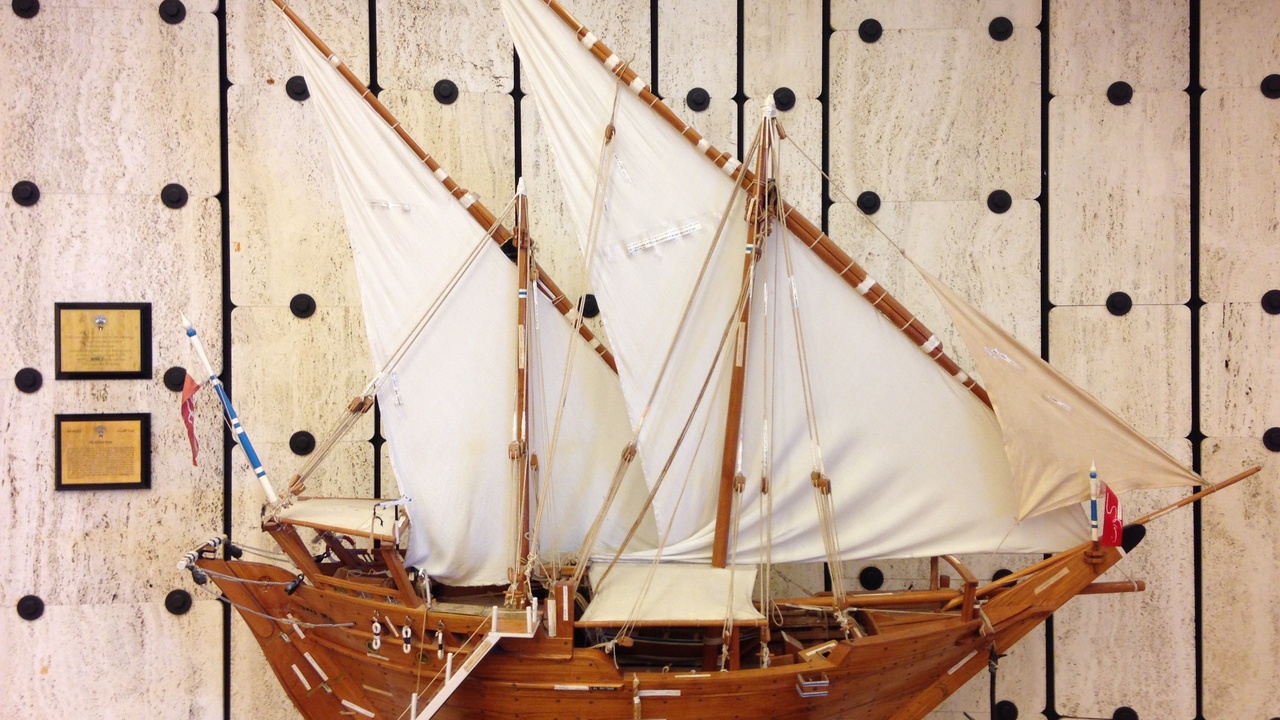
Kuwait’s identity literally grew from the water: fishing, coastal trade and pearling shaped communities long before oil transformed the economy. That legacy remains visible in festivals, museums, and the continued pride in traditional skills.
1. Maritime history and dhow traditions
Kuwait’s identity grew from the sea and dhow trade. For centuries—especially through the 19th and early 20th centuries—pearling and coastal commerce connected Kuwaiti ports with Basra, India, and East Africa, and dhow-building was central to local livelihoods.
Today, wooden dhows are restored for cultural events, tourist cruises and regattas close to Kuwait City, and traditional boatbuilders still practice age‑old joinery techniques. Dhow regattas draw families and visitors, turning maritime craft into living heritage rather than museum pieces.
2. Pearl diving and its cultural legacy
Before oil, pearls were among Kuwait’s most valuable exports and the backbone of many coastal settlements across the late 19th and early 20th centuries. The pearling economy shaped social hierarchies, seasonal work patterns, and even local dress.
Museums such as the Tareq Rajab Museum display diving gear, pearl jewelry and archival photos that keep that history alive. Exhibits, oral histories and festival storytelling preserve the memory of long boat trips, perilous dives and the craftsmanship that accompanied them.
3. Traditional crafts, cuisine, and social rituals
Sadu weaving, traditional garments and signature dishes remain visible markers of Kuwaiti culture. Institutions like Sadu House actively preserve weaving patterns, dye techniques and the stories behind them.
Culinary traditions—machboos (a spiced rice and meat or seafood dish), mixed seafood grills and desserts like gers ogaily—feature at family gatherings and tourist menus alike. Craft workshops, museum programs and local festivals offer hands-on weaving and cooking lessons that keep skills economically viable.
Landmarks, Museums, and the Arts
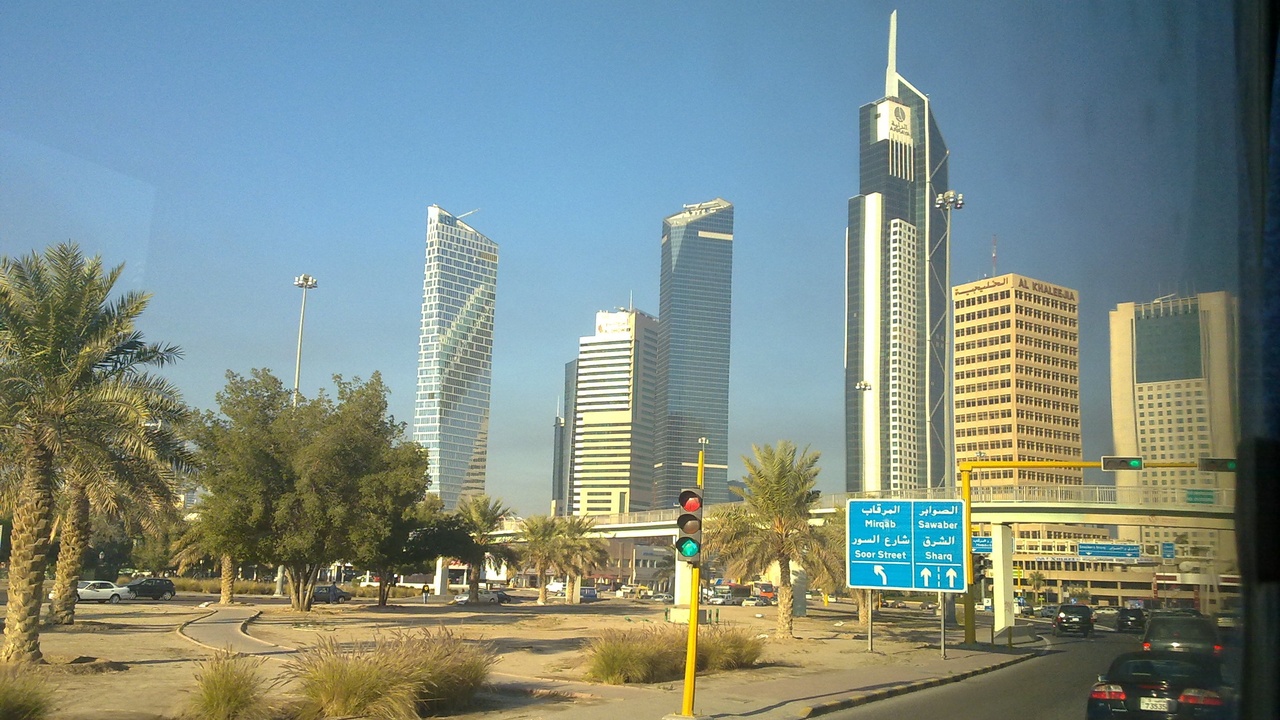
Kuwait’s skyline mixes late-20th-century icons with a maturing cultural infrastructure. Public investments and private collections together signal a country that values both national symbols and the arts as part of civic life.
4. Kuwait Towers and modern architectural icons
The Kuwait Towers and the Grand Mosque are instantly recognisable features of the capital’s skyline. The main Kuwait Tower rises to about 187 meters and the complex opened in 1979, quickly becoming a national emblem.
These landmarks host observation areas, cafes and special lighting for National Day (February 25–26). The Grand Mosque’s guided tours and Friday services also anchor religious life and attract visitors curious about contemporary Islamic architecture in Kuwait.
5. Museums and a growing contemporary arts scene
Kuwait has one of the Gulf’s oldest modern art movements, supported by both private collectors and public museums. Longstanding collectors such as the Al‑Sabah family and institutions like the Tareq Rajab Museum give the country cultural depth.
Galleries in Kuwait City increasingly host contemporary exhibitions, residencies and school programs. These venues serve as educational resources and draw cultural tourists, while private collections often lend works for temporary shows and research.
Economy, Politics, and Global Role
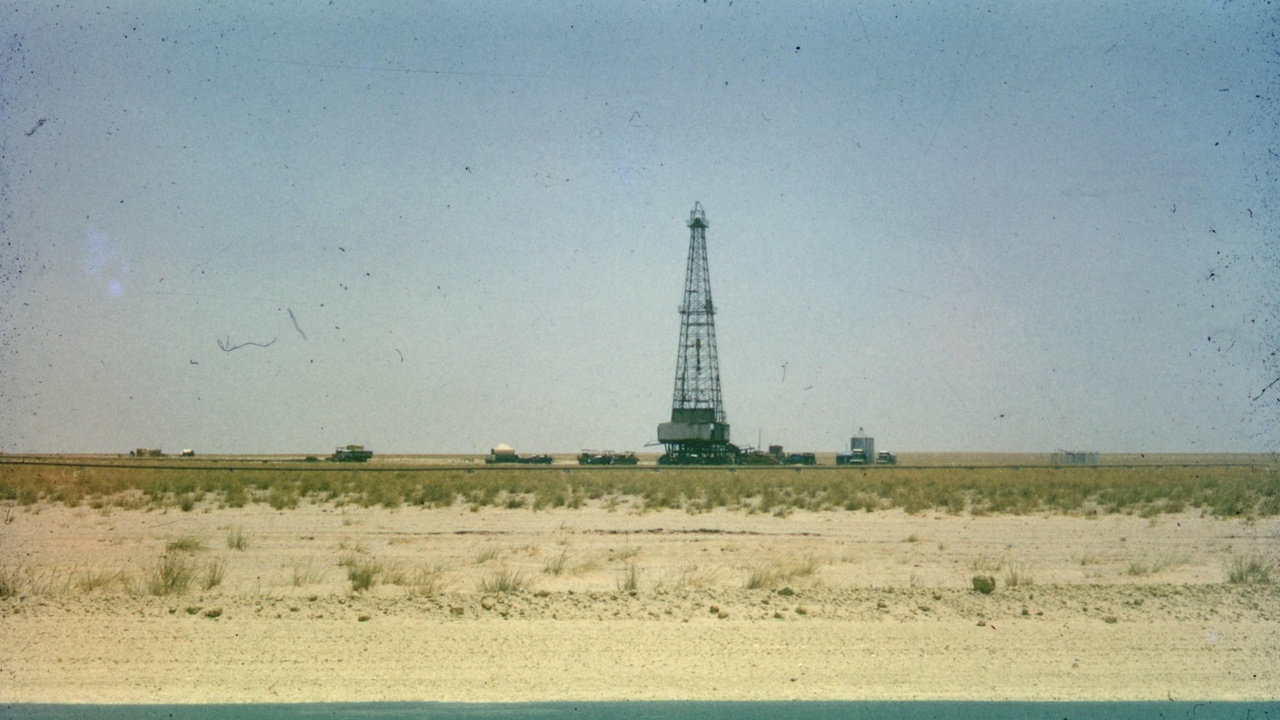
Kuwait is best known internationally for oil, but its political institutions and diplomatic role are central to its regional influence. Economic power funds public benefits while parliamentary politics and a history of mediation shape how the country acts abroad.
6. Oil wealth, sovereign funds, and economic influence
Oil is the primary engine of modern Kuwait. The country’s proven reserves stand at roughly 101.5 billion barrels, making it one of the world’s most oil‑rich states by reserves.
The Kuwait Investment Authority, established in 1953, is one of the earliest sovereign wealth funds and manages surplus revenue through global investments. Oil revenues underwrite subsidies, pensions and infrastructure, and swings in the oil price directly affect fiscal planning.
Typical production figures have ranged in the low millions of barrels per day (commonly cited around 2.5–3.0 million bbl/day in recent years), though readers should check current reporting for precise daily output. In short, oil money funds both domestic life and overseas portfolios.
7. Welfare, demographics, and political life
Kuwait combines generous citizen benefits with a large expatriate workforce and a functioning National Assembly that frequently shapes policy. The country’s population totals around 4.5 million, while citizens number roughly 1.3–1.5 million—making non‑citizens a clear majority.
Oil revenues support housing programs, subsidised utilities and public sector employment for citizens, while expatriate labor fills many roles in construction, services and healthcare. National Assembly debates and elections give Kuwait a more active parliamentary life than many neighbors.
What is Kuwait known for on the world stage? Not just barrels of oil, but also the social compact that oil revenues make possible and the political structures that channel public debate.
Summary
- Kuwait blends deep maritime traditions—pearling, dhows and Sadu weaving—with contemporary cultural life.
- The Kuwait Towers, Grand Mosque and institutions like the Tareq Rajab Museum anchor a growing arts and museum scene.
- Vast oil reserves (about 101.5 billion barrels) and the Kuwait Investment Authority (est. 1953) drive public benefits and global investments.
- Generous citizen welfare, a large expatriate workforce, and an active National Assembly give Kuwait outsized regional influence despite its small size.
- Local commemorations—Liberation Day (February 26, 1991) and National Day—alongside landmarks and festivals, make Kuwait both a historical and cultural destination.

